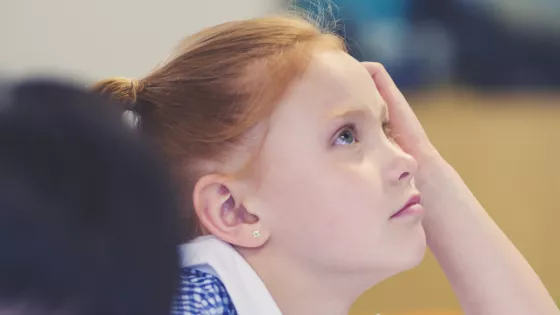Epilepsy disrupts the normal electrical activity in the brain used to communicate with the rest of the body. This disruption causes seizures, which can have a serious impact on a young person in school.
This section covers seizure types and triggers, treatments and first aid, keeping accurate seizure records, and emergency medication. It includes guidance on planning and making adjustments to support a young person with epilepsy in school.
You’ll also find forms and visual aids that you can download to support you in administering epilepsy first aid, and accurately observing and recording details of seizures.
In this section of the guide for schools:
- Seizure types & triggers
- Seizure first aid
- Keeping accurate seizure records
- Emergency medication
- Epilepsy treatments


